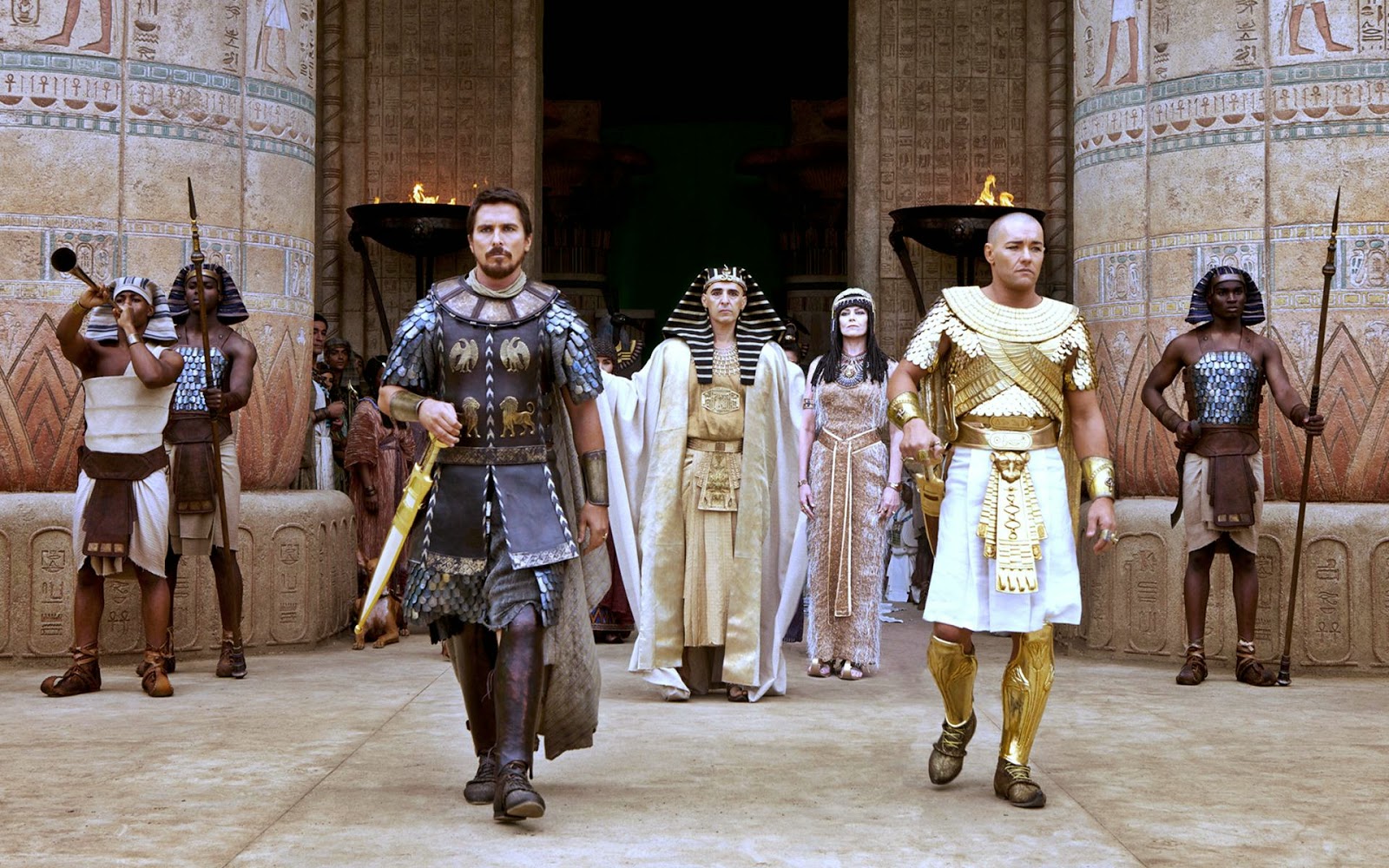Exodus: Gods and Kings was one of the movies I was anticipating most in 2014, it just so happened to be a bit of a let down; but thats okay because it was thought provoking. This obviously is a biblical adaption, the book of Exodus is quite an epic in and of itself, I don’t necessarily consider myself religious, mostly spiritual. What I find interesting about the book of Exodus along with all of the old testament is the sheer barbarity of it all, compared to the new testament which contains some barbarity, but fewer wars. Fewer wars would insinuate progress as civilization takes form.
However, war seems to be apart of everyday life for every citizen of earth today, read a newspaper, read an online news source, turn on your television, it’s all war. It’s a pretty accurate to say that as American’s we haven’t seen a day of peace since WWII, especially my generation, who in just 2 decades of living have witnessed: The OKC Bombing (probably too young to remember), 9/11, and two wars in Iraq and Afghanistan both lasting a decade, as well as conflicts with North Korea, the Boston Bombing, the Ferguson riots, terror groups such as the Taliban and ISIL. It's been a wild 20 years.
Has mankind reverted back to this same barbarity witnessed in the old testament? This question brings me to Aronofsky’s “Noah”, which is a transmutation, more of a fantasy depiction of what one would read in the bible. Mankind is portrayed as a destructive force, that has blemished any creation by a higher power. Which, in a way, is true, maybe the only day that earth will know peace is the day mankind ceases exist.
The most impactful element found in Exodus is perhaps its ability to translate to all of the issues of the last hundred years, as well as the last billion. Exodus could easily be modernized, take out the horses, throw in some tanks, take away the spears, throw in some AR-15s, it’s all relative. History does repeat itself.






